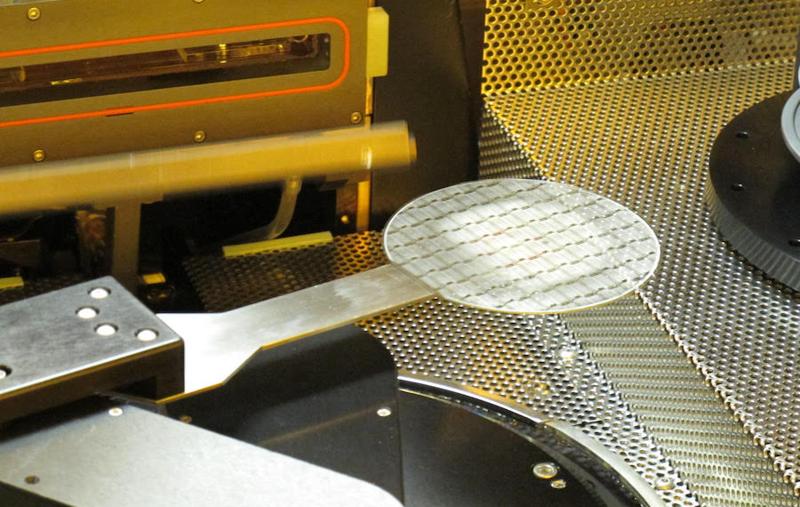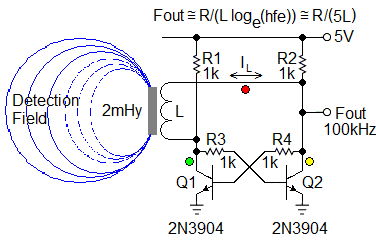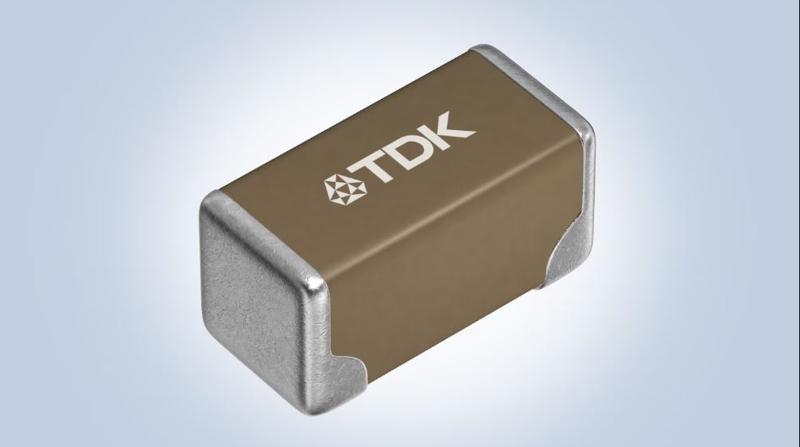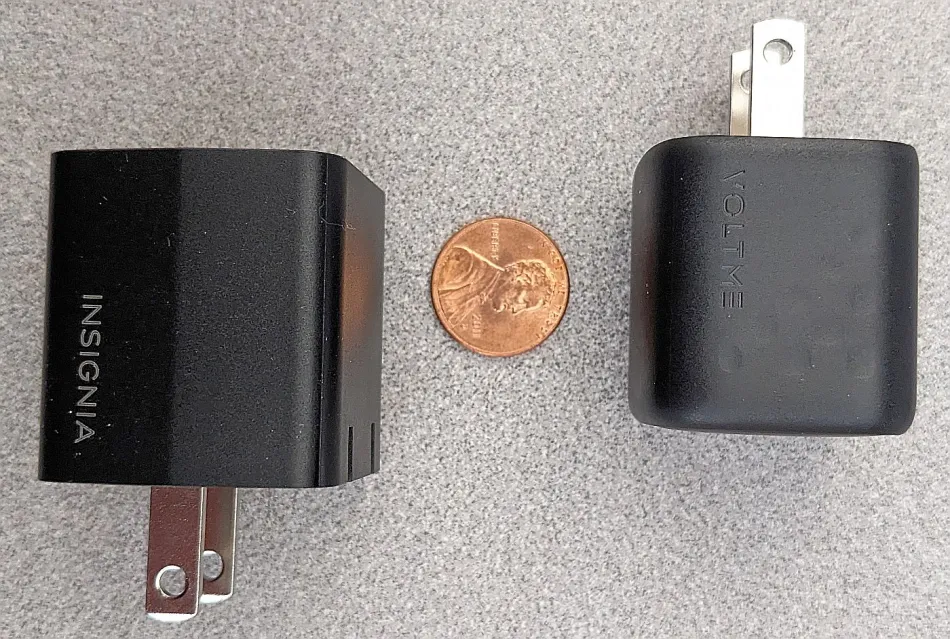
Polymer tantalum capacitors and lifetime
- Analog
- 2023-09-23 21:19:42
The subject of capacitors seems quite attractive from the standpoint of having low values of equivalent series resistance (low ESR) but there might be an issue which we see when we extract a small portion of a chart about those capacitors as taken from the Digi-Key website where we find ratings for “Lifetime @ Temp.”. Please see the following (Figure 1) excerpt from Digi-Key:
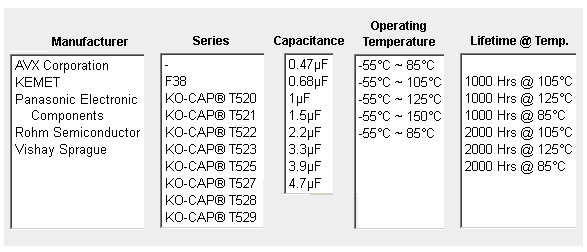
Figure 1 Polymer tantalum capacitor lifetime at temperature (right). Source: Digi-Key
In all these years, I had never before noticed a “lifetime” rating for any other capacitor types. For me, this specification raised heretofore unknown concerns.



From a different URL which unfortunately is no longer active: https://www.vishay.com/docs/42106/faqpolymertantalumcaps.pdf. We would find a Q & A as shown in Figure 2.

Figure 2 An application note excerpt from Vishay for polymer tantalum capacitors. Source: Vishay
Please take special note of the words “….slowly absorb moisture… “.
I downloaded the Vishay-Sprague file “polymerguide” which seems to describe these capacitors quite well, but I found no information in that document regarding “lifetime”. Thus, the question in my mind is whether the anticipated “lifetime” of polymer tantalum capacitors is the result of aging brought about by slow but inexorable absorption of moisture from the environment.
Would a circuit board coating (parylene or something similar) quell that moisture absorption aging process and extend the capacitors’ expected lifetime?
I do not know but SOMETHING is limiting “lifetime”. Taking whatever it is to be an aging process opens up a plausible line of reasoning via Arrhenius’s Law which briefly stated is that any aging process takes place at a rate which doubles for each ten degrees Celsius rise in temperature. Conversely, the rate of an aging process gets cut in half for each ten degrees Celsius fall in temperature.
This aging issue has been addressed before regarding film resistors.
Applying Arrhenius’ Law to this capacitor situation, we can estimate as follows:
Lifetime = (Lifetime at Max. Temperature) * 2^((Max. Temperature – Degrees)/ 10)
The variable “degrees” is the actual temperature to which the capacitors will be exposed.
For the six cases shown on the Digi-Key chart in Figure 1, we extrapolate six “lifetime” versus temperature curves in the plots of Figure 3. The little dots along each curve are where “lifetime hours” gets doubled for each 10°C drop in temperature from their respective maximums.

Figure 3 Extrapolated lifetimes versus temperature, lifetime hours are doubled for every 10oC drop in temperature. Source: John Dunn
John Dunn is an electronics consultant, and a graduate of The Polytechnic Institute of Brooklyn (BSEE) and of New York University (MSEE).
Related Content
Capacitors–the old decoupling standbysCeramic capacitors: How far can you trust them?Class 2 ceramic capacitors—can you trust them?Temp and voltage variation of ceramic caps, or why your 4.7-uF part becomes 0.33 uFPower Tips #50: Avoid these common aluminum electrolytic capacitor pitfallsPolymer tantalum capacitors and lifetime由Voice of the EngineerAnalogColumn releasethank you for your recognition of Voice of the Engineer and for our original works As well as the favor of the article, you are very welcome to share it on your personal website or circle of friends, but please indicate the source of the article when reprinting it.“Polymer tantalum capacitors and lifetime”

